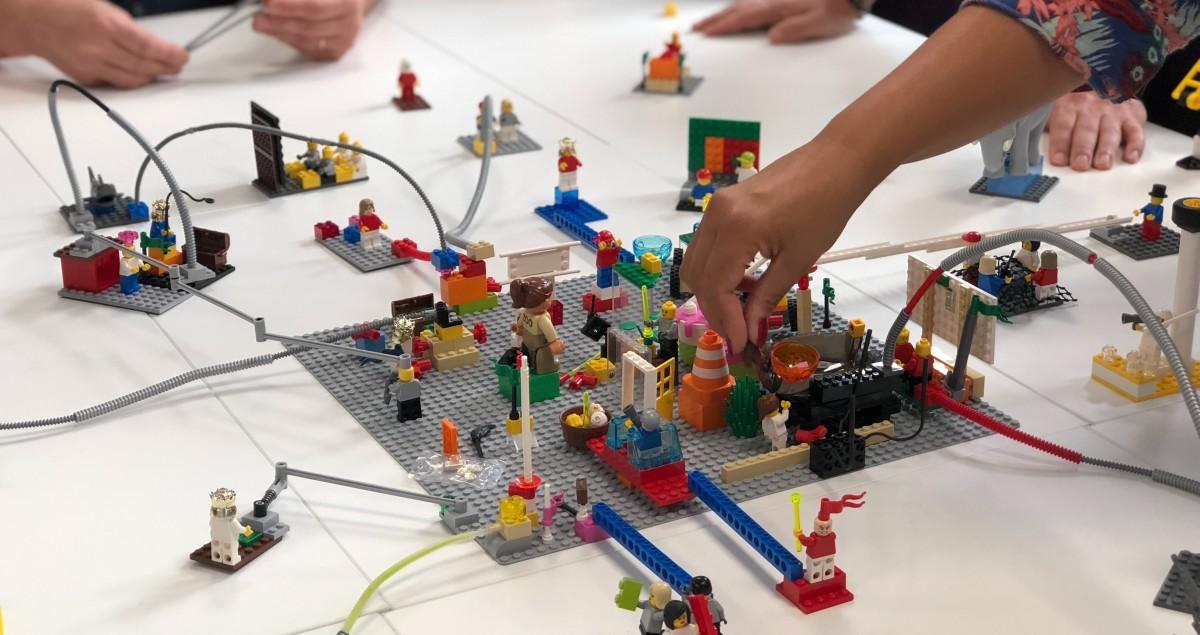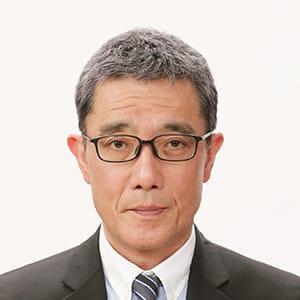CCUS, transport and trade: creating a holistic carbon market

This article was previously published in our newsletter, if you're not already a subscriber, sign up here.
In order to hit its 2050 net zero target for carbon dioxide emissions, the world will have to virtually eliminate the 40 gigatonnes of CO2 that it currently pours into the atmosphere every year. Even if the significant growth of renewables and other carbon free energy sources continues, we redouble our efforts to reduce consumption and also improve energy efficiency, a sizeable gap will remain: an annual 4.3-13 gigatonnes of CO₂ will somehow have to be removed from the atmosphere to reach a carbon neutral world.
CCUS as a key pillar and the major barrier to its adoption
There are currently only two technologies capable of both reducing and removing emissions. The first is carbon capture, utilization and storage (CCUS), which the International Energy Agency (IEA) has acknowledged as a key pillar in the energy transition. This process traps more than 90% of the CO2 in the flue gas emitted by power stations or hard-to-abate industrial plants – and the carbon can then be stored underground or used by industry. But despite its many advantages, there are currently only 26 commercial-scale CCUS operations in place globally – 14 of them installed by Mitsubishi Heavy Industries (MHI) Group – capturing just 40 megatonnes of carbon annually.
The major barrier to greater adoption, as the IEA recognizes, is cost. As global leaders, with a 70% market share, MHI Group is working hard to bring the average price of CCUS down from $50-70/tonne of CO2 to around $30/tonne through cheaper technology, economies of scale and applying it to more industries, such as liquefied natural gas (LNG). This is working: there are almost 40 new CCUS projects under development, including the world’s largest at Drax Power Station in the UK, which will remove 9 megatonnes of carbon on its own. But we will ultimately need to capture 200 times today’s volumes and that requires government subsidies, such as the 45Q tax credit in the US, a sufficiently robust worldwide carbon price and – ultimately – willingness by consumers to pay a ‘green premium’ for products produced with clean technology.
DAC’s possibility
The second technology that can help remove emissions is direct air capture (DAC). This will be desperately needed in the decades to come since even if we capture CO2 from all our existing industrial and energy infrastructure, it is not enough amount. However, DAC is not a mature technology yet and while we are working to perfect it, the current cost of $150-200/tonne of CO2 at the very minimum is prohibitive.
Meanwhile, it is also critical to think about what to do with the CO₂ once captured. Fortunately, industrial applications, for example using carbon to produce electrofuels or cement, are proliferating, making it increasingly valuable. Large-scale storage sites, such as depleted oil reservoirs and sub-sea aquifers, also exist. But such storage will need to be paid for, as will the network of pipelines, ships and trucks to get the carbon from where it is captured to where it can be used or sequestered.
More than an equipment supplier, creating value chain
We at MHI Group intend to be involved in all aspects of this carbon value chain. Apart from the CCUS equipment, we supply compressors and pumps and are studying construction of a liquefied CO2 (LCO₂) carrier to cover long distances at low cost. However, we want to be more than an equipment supplier. As we build out the physical carbon network, we are simultaneously working with IBM on a digital carbon network that we call CO₂NNEX. The ultimate aim is to create a marketplace for trading carbon, with MHI Group bringing buyers and sellers together and taking a commission. Think of it as offering ‘CaaS’ – CO2 as a service – to our customers, be they utilities selling captured CO2, oil companies offering storage, or industrial users wishing to purchase carbon black.
We are confident that one, or more, such global carbon markets will evolve in the next five to 10 years since we are not the only ones with this idea. We will need partners of course, but we already have IBM on the digital side and can find people with the right commercial and trading background. Japan, which is interested in carbon capture and utilization (CCU) and the UK, which is investing heavily in storage (CCS), are promising launch markets.
The carbon business is one of MHI Group’s core pillars and by evolving it creatively we can ensure a future both for our company and the world.
Learn how to tackle CO2 and achieve net zeroDownload MHI Group's free whitepaper.





